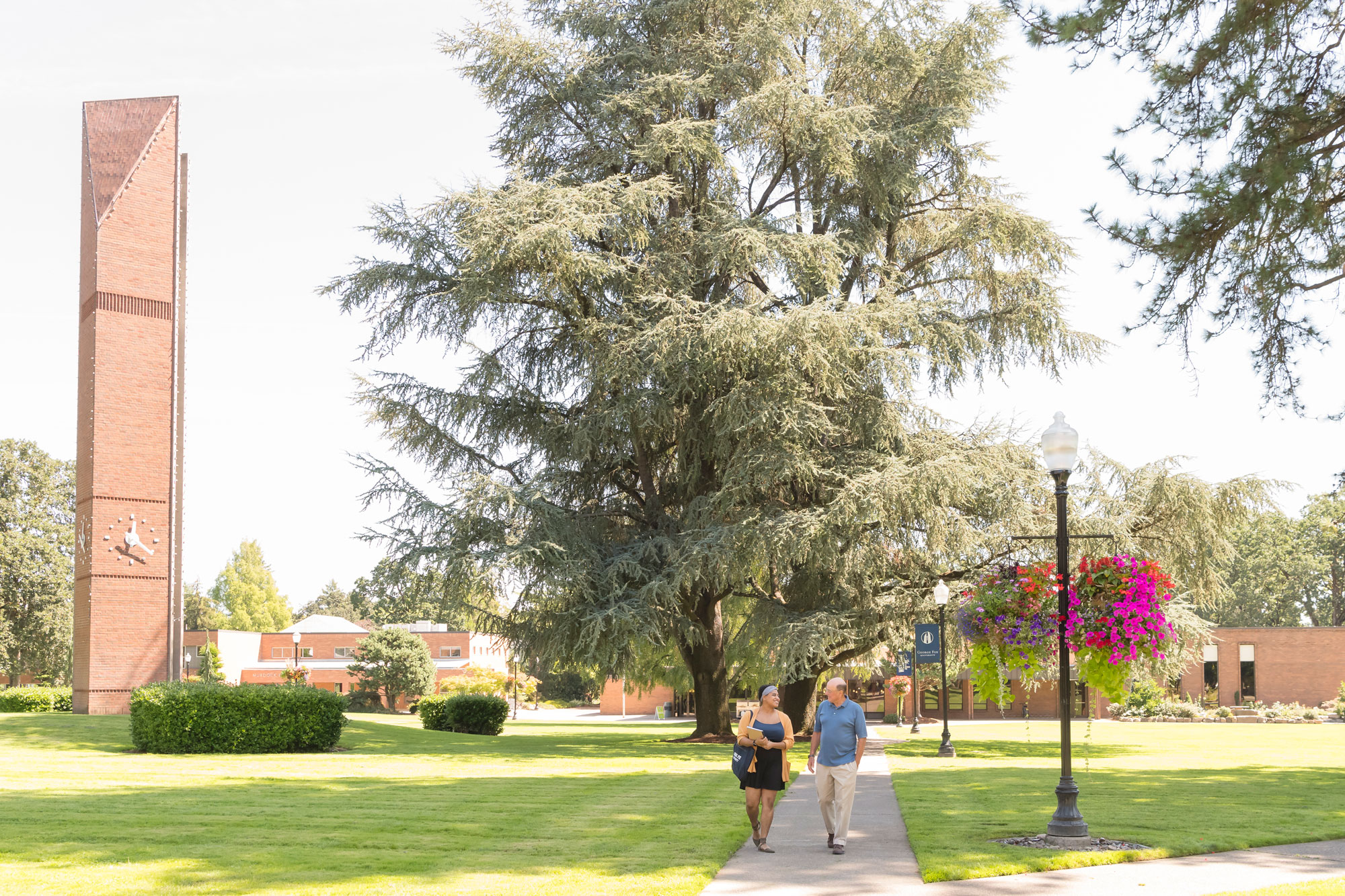Friday, June 30, 2017
by Bonnie Sloat, editor
Friendsview regularly seeks ways to offer support and resources for its intent list applicants — namely you! Through this new communication, Frank Engle, director of marketing, asked if I would be willing to answer some of the questions you might be asking and the concerns you might be experiencing as you look toward a move. Not long ago, my husband, Dale, and I faced many of the decisions you now consider for your own future. And there’s much to consider! We are here to help.
As Dale and I begin our third year at Friendsview Continuing Care Retirement Community in Oregon, I find myself reflecting on what drew us to Friendsview and motivated us to move forward once our name reached the top of the intent list. Some of you applicants are in the throes of that decision. For some, Friendsview is one of several Independent Living options. And others are simply too young, but want to be responsible in planning for their future!
Since this is the launch of “Your Future in View,” I want to introduce myself. Dale and I currently live in Cherry Street Village, front and center to all the exciting (and sometimes noisy) construction taking place at Phase 1 of University Village. I’ll be the one interacting with you here, though Dale will jump in from time to time. We’ll get better acquainted as I share thoughts and articles I find helpful. I’ll occasionally also ask other Friendsview residents to offer ideas and experiences. No doubt you have thoughts and questions. Please send them to me and I’ll do my best, with the help of other residents, to pass them along here.
In this first “Your Future in View,” I want to share an article titled “Retiring to a College Town.” I just finished auditing my first class at George Fox University in Newberg, OR. Talk about stimulating — I absolutely loved it! And, of course, being around young folks is a treat all in itself. We never want to stop stimulating our brains and learning new things. Auditing this class made a believer out of me, and it was one reason we chose Friendsview!
Check out the Winter 2016 issue of The View (pages 4-5) to see a list of benefits Friendsview residents, especially those on our main campus, enjoy.
Retiring to a College Town
by Molly Kavanaugh
Years ago, when older adults headed back to college it was usually to attend a reunion or sporting event. Today, many older adults are returning to a college town for much more than an overnight visit.
There are about 100 “university-based retirement communities,” a phrase coined by Andrew Carle, who predicts the number will double in the next decade as baby boomers reach retirement age.
“I do think these will be among the fastest new developments moving forward,” says Carle, executive-in-residence and founding director of the Program in Senior Housing Administration at George Mason University.
The College Climate
Think back to your college days. Sure, you were younger and life seemed to teem with possibilities and few responsibilities, but what else makes you nostalgic about that period in your life?
Attending concerts, lectures, exhibits, sporting events?
Creating new friendships with people from all over the country, and world?
Meeting eclectic professors, visiting writers, scientists, and other artists and professionals?
Learning new skills and knowledge?
Stopping off at the “green” or “square” or stepping into a coffee shop or bookstore?
Well, these are only some of the reasons many older men and women find a retirement community in or near a college town appealing.
“Current retirees are very focused on active, intellectually stimulating, and intergenerational retirement environments, which is exactly what a college campus has to offer,” Carle explains.
Lifelong Learning
Living near a college or university makes learning easy and fun for older adults. Along with being able to take classes at a nominal cost or for free on the college campus, many life-plan communities offer classes on their own campus.
With so many nearby professors, communities often arrange a special lecture or event for residents. And since many retired professors live in university-based retirement communities, they often are willing to teach a class for their neighbors.
College campuses are a hub for musical performances, sporting events, and dynamic speakers, and retirement communities offer transportation so residents can enjoy all these offerings, as well as libraries, museums, and other special collections.
Intergenerational Opportunities
Living in a town full of young adults offers lots of ways to interact, both formally and informally.
Colleges and retirement communities often partner to create mentoring and tutoring programs. The program might focus on moral support for international students or athletes, or revolve around a common educational interest, such as language or nursing.
When dorms close at holidays and some students cannot go home, residents at the nearby retirement community invite them over for dinner and activities. And when residents go out to eat or shop or bike, they are doing it alongside people much younger.
Staying engaged with younger people is good for your physical and emotional health.
Generations United, a national organization focused on improving the lives of young and old through intergenerational programming and policies, says such interactions improve memory, reduce falls and enhance socialization.
“Older adults learn new innovations and technologies from their younger counterparts. They want to continue to use the skills they have acquired in their lifetimes as well as acquire new ones. Motivation and commitment to intergenerational programs comes when they feel they have taken part in their development,” according to Generations United.
How to Find the Right Fit
Just as you studied guidebooks and visited several campus locations before selecting your school, the same approach applies now.
Carle lists five criteria to consider when selecting a university-based retirement community:
- Programming between the university and retirement community
- Proximity of about a mile between the two campuses
- Health services that range from independent living to skilled nursing
- Alumni/university affiliation of at least 43 percent (alumni, parents of alumni or retired faculty/staff)
- Sound financial planning of both entities
Molly Kavanaugh writes for the Kendal at Oberlin Community in northern Ohio.
This article is republished by permission of Kendal at Oberlin.


